Our first stop was Seljalandsfoss. Seljalandsfoss is a majestic waterfall which you can walk behind. What makes Seljalandsfoss truly special is its 60 meters (197-foot) drop from the cliffs above. The water flows from the Seljalandsá River, and it's the perfect example of the raw, untamed beauty that Iceland is known for. Seljalandsfoss is a dream destination for photographers and Instagram enthusiasts. The opportunity to capture the falls from behind, with the Icelandic landscape in the background, provides for breathtaking shots. Whether you're a nature enthusiast, a photographer, or simply exploring Iceland, this place is a must visit if you are going south or taking the Ring road. The next stop was Skógarfoss. Skógafoss is a true giant among Iceland's waterfalls, with a staggering drop of 60 meters (200 feet) and a width of about 25 meters (82 feet). According to local tales, there's a hidden treasure chest behind the waterfall. It's said to have been left by a Viking settler, and a local legend tells of a young man's attempt to retrieve it. He succeeded in grabbing the chest's ring but was then pulled into the depths of the Skógafoss. Be sure not to miss the opportunity to see this magestic waterfall. On our way to Vík we also stopped at Dyrhólaey. Dyrhólaey, which translates to Door Hill Island, is of volcanic origin and was once an island before joining up to the Icelandic mainland. Dyrhólaey's most striking feature is its massive, dark cliffs that rise dramatically from the Atlantic Ocean. The cliffs, formed by ancient volcanic activity, are home to an array of seabirds, including puffins and guillemots. You can see the stunning view of the Reynisfjara Beach. There is also a small lighthouse on top of the island. Just before we arrived at Vík we went to Reynisfjara. Reynisfjara is a black sand beach that entices visitors with its stark beauty and enigmatic atmosphere. The waves of the sea can be quite big and dangerous and it‘s important to be careful near the sea. There are also big cliffs that are among the beach and columns. The basalt columns at Reynisfjara are a photographer's dream. They provide a stunning backdrop and invite exploration. Be sure to wander among them and marvel at the geometric formations. In the heart of the village, you'll find Vík's red-roofed church. This charming building, which dates back to 1934, is set against a backdrop of rugged mountains and rolling hills. It's a great place to take a leisurely stroll, snap some photos, and enjoy the tranquility of the area. We stayed the night at Hotel Vik. The hotel was very modern. It has big windows that show the town and the views of the cliffs. We had a lovely dinner and breakfast. In the morning we visited a fun little cafe near the Hotel that’s in an American school bus. I personally know the owner and it‘s very unique and different. They have all kinds of coffee and hot chocolates. She also owns a 3-legged cat that roams around, and he even has its own Instagram account and is quite popular.
In the afternoon we went to the Lava-show where we witnessed real flowing lava. The guide was very funny, and he told us stories about Icelandic eruptions and facts. You could feel the heat from the lava and see how brightly red it is. After the show we explored the village a little bit more and then we went back home. But there is a lot more that you can do in Vík. For example, if you want to go horseback riding, they offer tours on the beach, they also have some small craft shops. There is also some hiking paths if you’d like to explore Vík on foot and see more of this beautifuittle town. Just make sure to check the weather before you go because Iceland can be unpredictable with the weather and Vík can be quite a windy place. I really recommend you check out this lovely town, either when you’re doing the ring road or just going for a day tour. This place is a nice visit when you’re in Iceland.
0 Comments
Leave a Reply. |
AuthorExploring Iceland blog has several authors. Categories
All
|
Our Tours |
Exploring IcelandOpening Hours
Monday - Friday 9 – 17 24 hours emergency phone number: +354-898-8903 |
© COPYRIGHT 2015. ALL RIGHTS RESERVED.
|

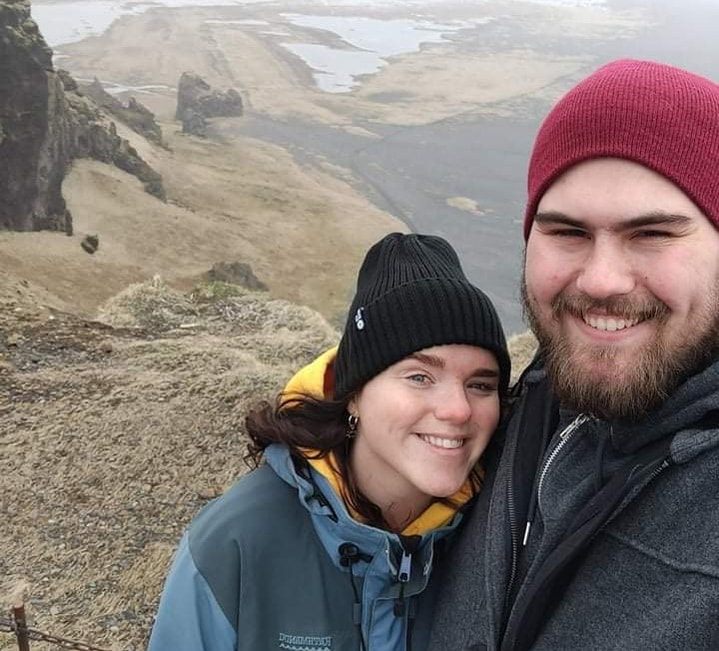
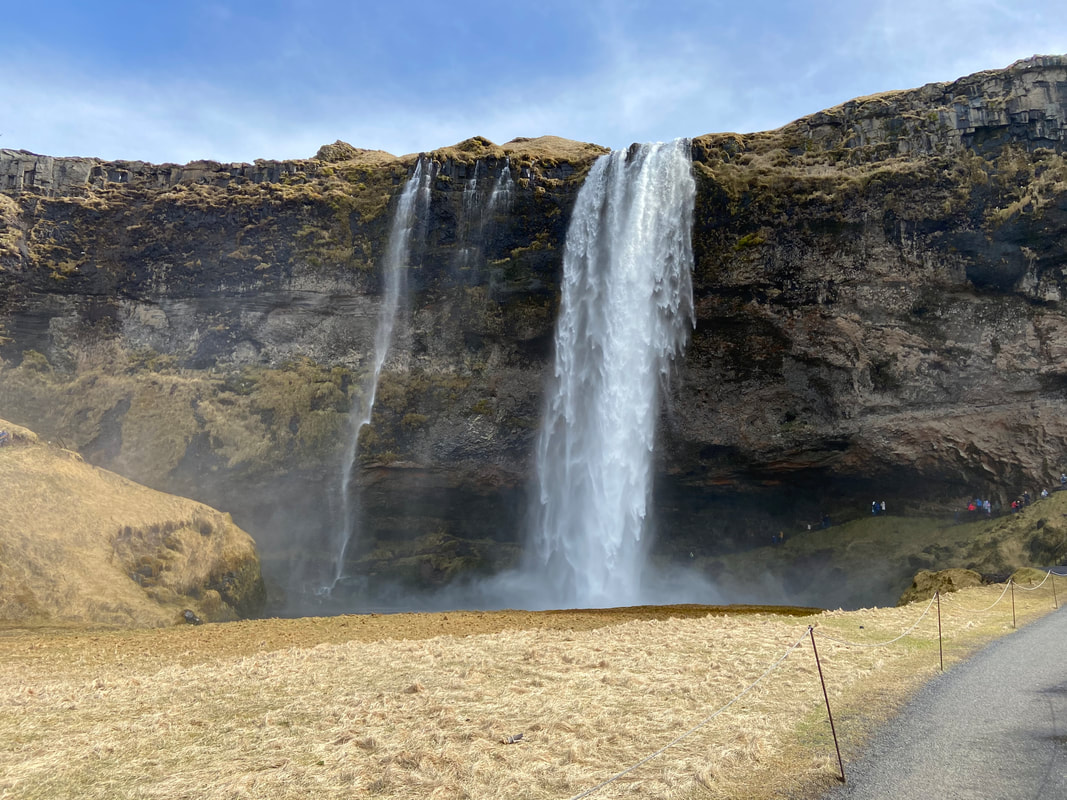
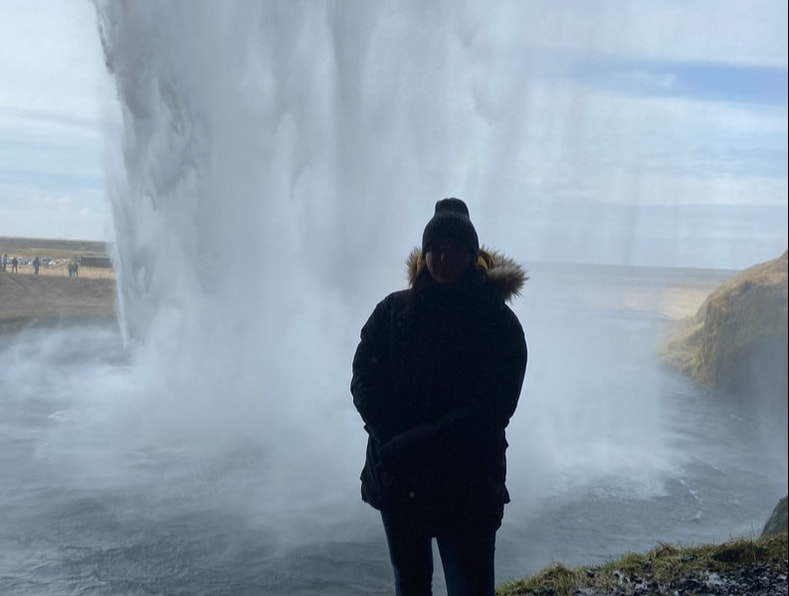
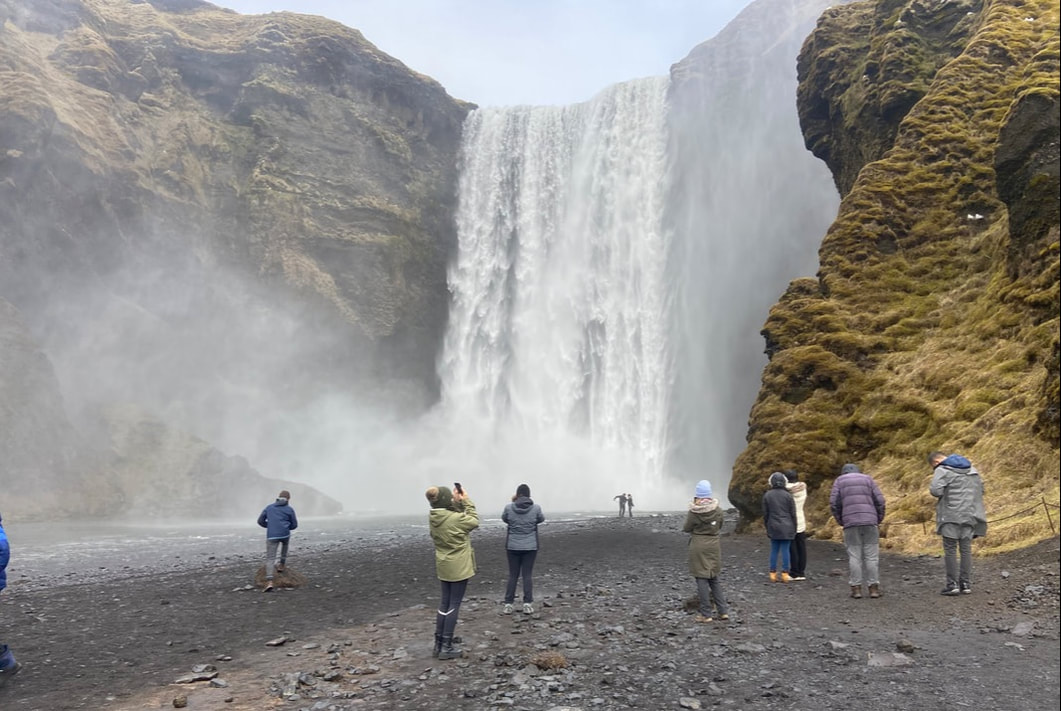
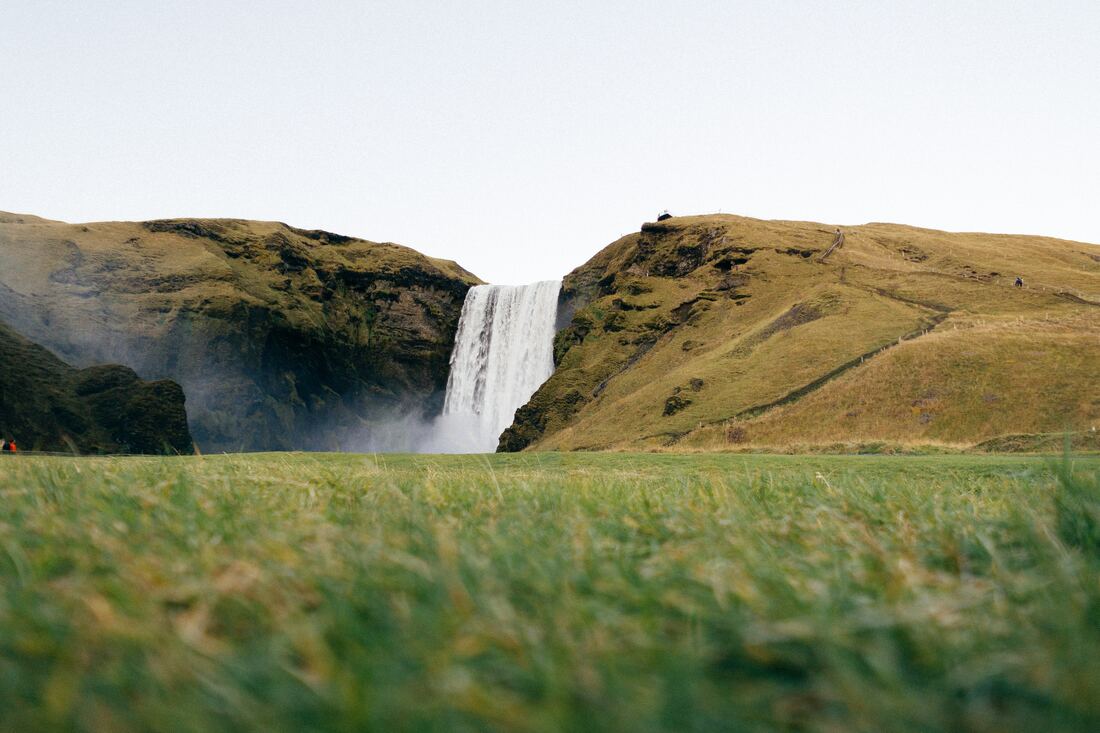
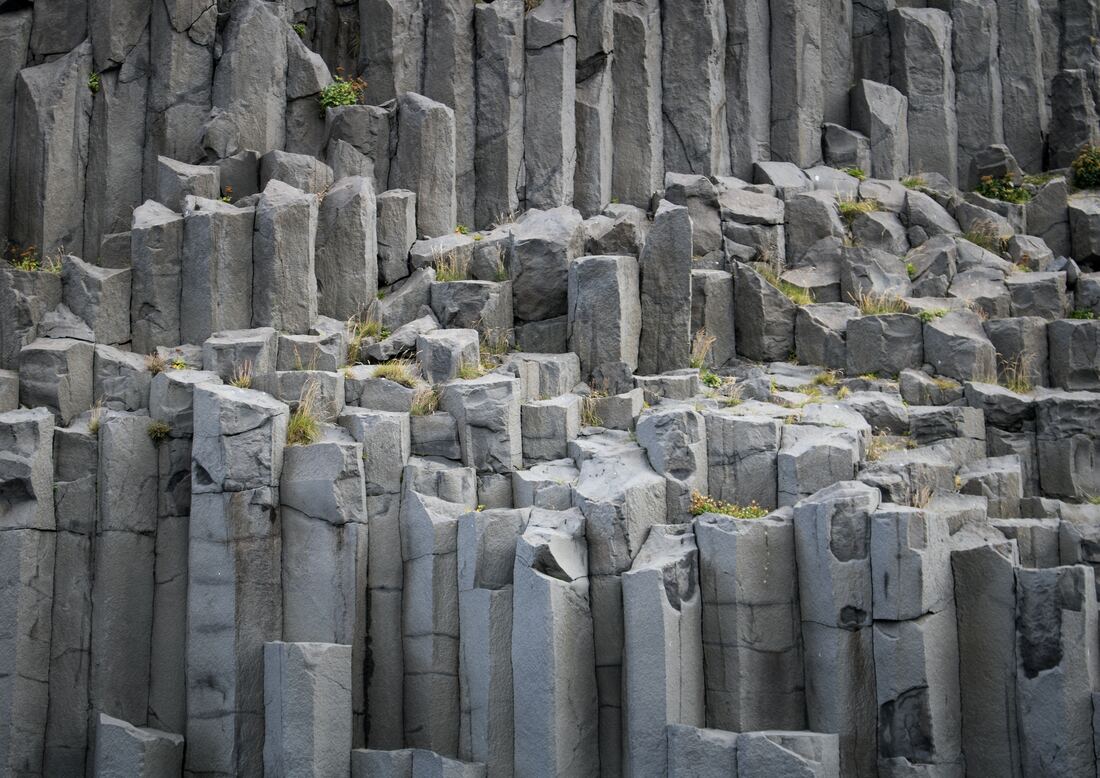
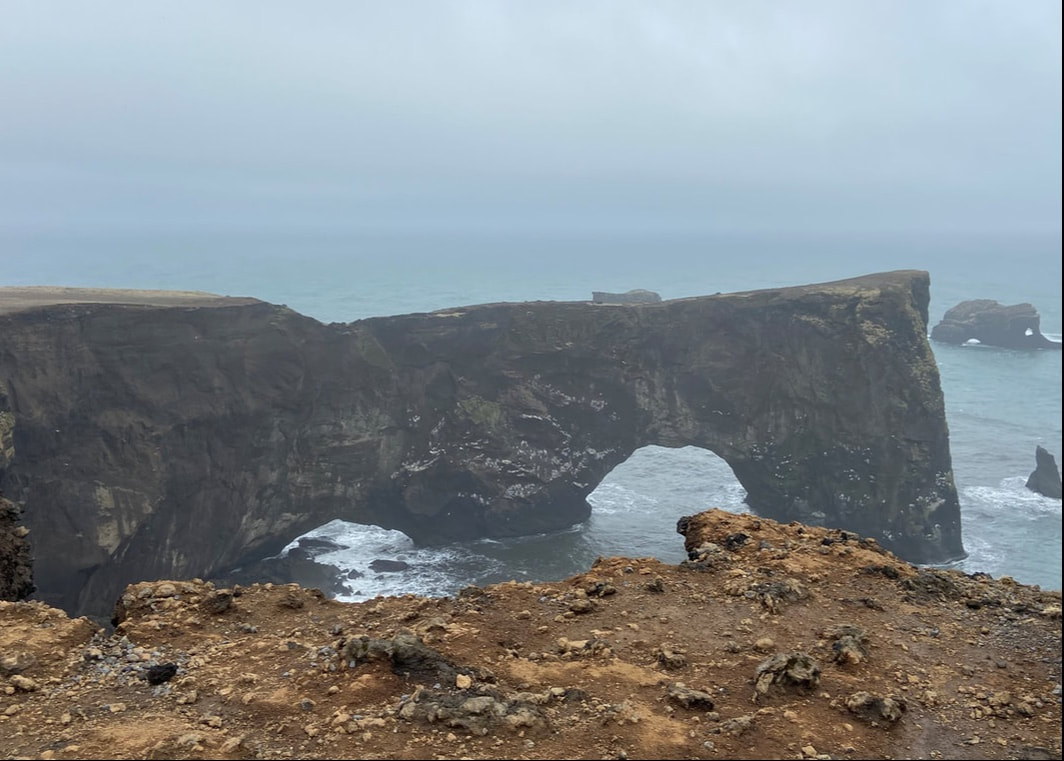
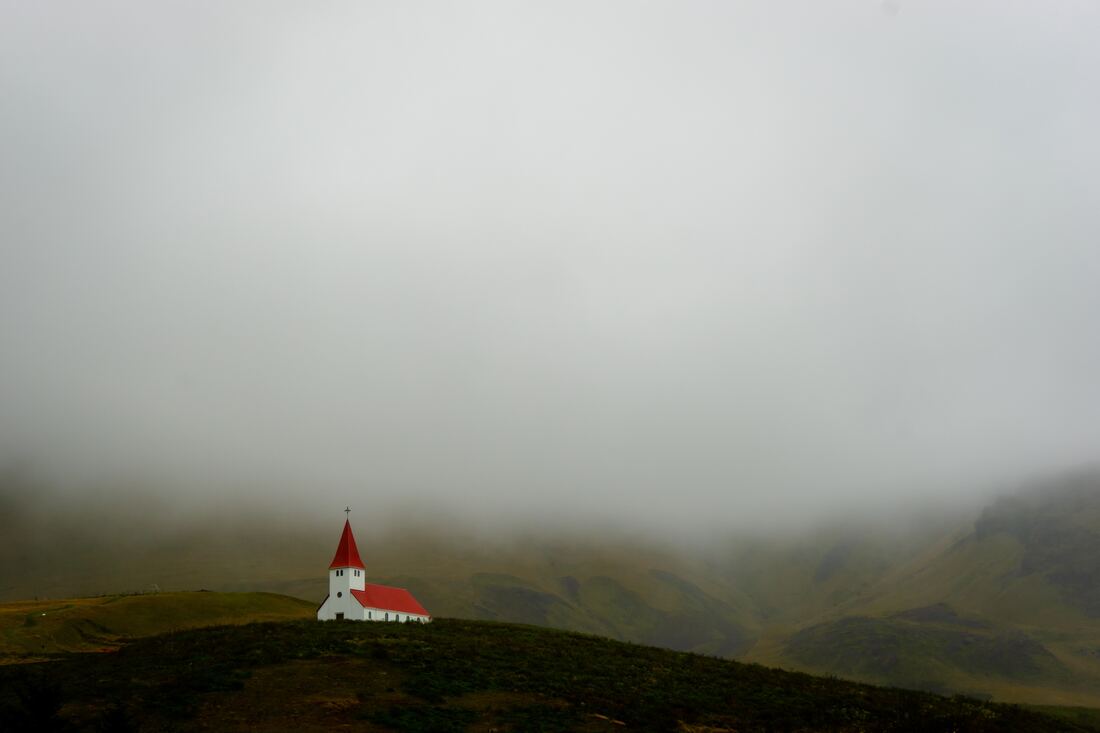
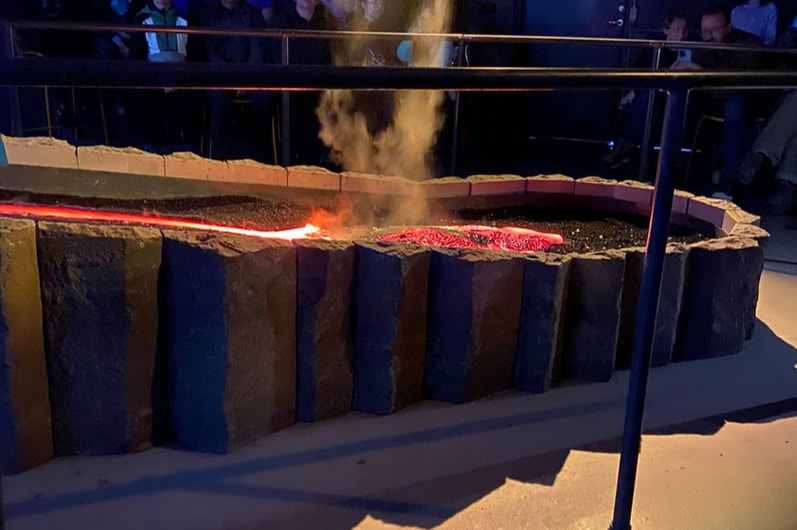
 RSS Feed
RSS Feed


